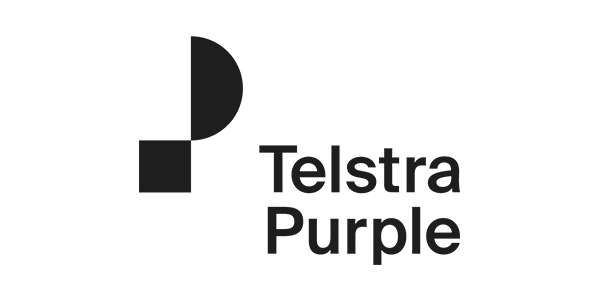Your name’s not down you’re not coming in
I’ve just got back from Mobile World Congress feeling a little underwhelmed. While the media concentrated on the latest iteration of Android devices and Mark Zuckerberg’s declaration of war on telecoms (he announced that the $19bn acquisition What’s App would soon offer free voice services), I was more interested in the what’s going on under the hood of the mobile network. How much progress is being made in VoLTE deployment, are small cells being deployed alongside macro cells, are operators closer to be able to being able to split billing between multiple parties (for instance, could you charge Netflix for the data that subscribers consume watching their service)?
Key for me is wandering the halls and taking a peek at what looks interesting. However, many of the large network equipment vendors would simply not let me onto their stands unless I had an appointment. They encourage pre-booking a stand tour so that the great unwashed will not obscure my view. In truth, they just don’t like competitors checking them out and the only people who can get appointments are (very) targeted customers and analysts. The larger the vendor – think Swedish, think Chinese – the more exclusive they tended to be: I found it impossible to get onto a stand to see a demonstration of a product for which Futurity had created all of the supporting marketing collateral. This happened twice. They demand publicity, they drown out Twitter hashtags, and then when you want to join the club, a metaphorical 7ft bouncer bars your way with, “Your name’s not down, you’re not coming in.”
This is ironic considering the telecoms industry is supposed to be open to innovation and finding new partners to fend off the OTT threat from companies like Facebook. If you had spent €750 to gain access to the exhibition, double again for a flight and accommodation, then to be told you not privileged to see what is exhibited, you would be forgiven for feeling a little short changed. After all, isn’t the value of the event in networking, in the number of new connections you make, not the ones you tried to break.
The device manufacturers and Korean telcos SK Telecom and KT are at the opposite end of the spectrum: like peacocks, they want to show off their bright plumes. The crowds flocked to the stands of Samsung, LG, Sony, Nokia, Huawei and HTC to play around with the latest phablets and fitness trackers. The utilized any number of enticements from artists live painting KidRobots and to prone footballers juggling two balls at once. There was even the ubiquitous Formula 1 to say, ‘look at us, we’re glamourous’. (One thing that was noticeably different from previous years was the absence of half-dressed young ladies enticing middle-aged billing managers onto a Russian OSS vendor’s stand).
Also open to business where the start-ups in Hall 8: they hadn’t necessarily figured out who they want to talk to yet, so would talk to anyone indiscriminately, just in case you’re a future investor/influencer/employer/buyer. Somewhere in the middle of open, closed and clueless were software developers, SIM manufacturers and management consultants who are open for business but with nothing particular to show. Asked why their stand was so empty, a billing company told me that they pre-booked meetings with over 60 operators and analysts and did not expect a single person to drop by the stand to enquire what they do. So why make their stand appealing?
And in the midst of this are tens of thousands of attendees who come to MWC to network: they come to see customers, check out rivals, have drunken conversations with people from different pockets of the mobile ecosystem. They may go away with a hangover, a pocket full of business cards or a conversation that changes their working lives. In short, MWC is an opportunity to network – in the evenings as well as during the days. If you undermine this by putting up barriers, you undermine the appeal of the show. You will you soon find you don’t have much of a show at all. You have a no-show.

![Create the ideal white paper in eight weeks [infographic]](https://www.futuritymedia.com/wp-content/uploads/2020/02/Futurity-Whitepaper-Timeline-Graphic-v6-header.jpg)

![New to ABM? Follow these 5 steps to drive complex sales [UPDATED]](https://www.futuritymedia.com/wp-content/uploads/2023/04/shutterstock_1225782988.jpg)



















